Information
No Sidebar
This template supports the unlimited sidebar's widgets.For adding widgets to Portfolio sidebar Click Here
The Blue Nile River originates from the Ethiopian highlands and its peak flow occurs during summer season from July to October. The flow of the Nile is important to provide the demands throughout the year for irrigation, water supply and power generation and therefore the seasonal flood forecasting can contribute to support better water
resources management.
During the past years, many studies showed that the rainfall on the Ethiopian and hence the Blue Nile river flow, is related to number of climatic factors such as Sea Surface Temperature especially with El Nino (SST anomaly > +0.5C) and La Nina phenomenon (SST anomaly < -0.5C) in region Nino 3.4 in the Pacific Ocean. It showed that the dry seasons in the Ethiopian highlands and Blue Nile River likely occur with El Nino events while wet years are likely connected with La Nina events.
A research study was carried out by the Hydraulics Research Center (HRC) in 2016 to investigate the best correlation between the Blue Nile river flow during June, July, August and September (JJAS) and the average SST over different quarters along the year. The study concluded that the SST over June, July and August (JJA) has the highest correlation. Then this correlation was used to forecast the Blue Nile river flow taking advantage of the forecasted SST by the International Research Institute (IRI) to provide the forecast. This increases lead time to support decision making. The forecast of 2016 provided a prediction of an above average flow to be likely to happen (which is then compared with the observed that is about 41.0 Bm3 and it is considered as above average flow).
Here and making use of the derived results from the previous study the seasonal flow of 2017 was predicted also using the SST forecast carried out by IRI using different models. Most of the models used to forecast the SST at Nino 3.4 region made in mid of March 2017 provided that the SST over JJA is greater than 0.0 with an average of both dynamic and statistical models, about 0.8 and 0.7 C, respectively which indicate weak El Nino phenomenon.
Other institutions such as Japan Agency for Marine-Earth Science and Technology (JAMSTEC) makes predictions for ENSO using a highresolution coupled model (SINTEX-F) also predicts that a moderateto- strong El Niño event may occur during JJA.
Considering the average SST from IRI and the equation derived from the previous study analysis; the discharge of JJAS in 2017 is likely to be below average discharge.
On the other hand, findings of the HRC forecast were compared with that of the Greater Horn of Africa Climate Outlook Forum (GHACOF) no. 47 carried out by the IGAD Climate Prediction and Applications Center (ICPAC) at Nairobi – Kenya. The latter, as a regional forecast, showed that an above average rainfall is likely expected to happen at the Ethiopian Highlands.
As it was recommended to improve the forecast and make certainty analysis to support the forecast of the Blue Nile river flow; the Hydraulics Research Center is paying considerable attention to modify the methodology used in the previous research, taking into account other factors that are expected to influence the forecast skills.
Related Projects
-
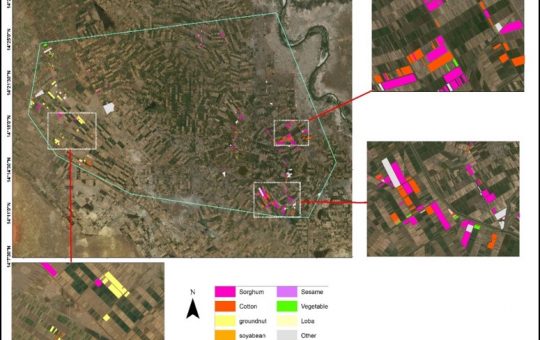
Water Productivity
This project was one of the outcomes of the strategic partnership-setting meeting between the Minister of Irrigation and Water Resources (MoIWR) and the Food and Agricultural Organization (FAO) Sudan...
-
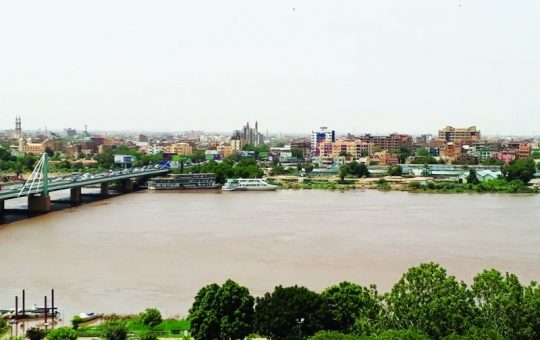
أثر مياه النيل على العلاقات السودانية المصرية ما بعد سد النهضة
تناولت الدراسة بشيء من التفصيل والتحليل أثر مياه النيل علي علاقات السودان ومصر ما بعد قيام سد النهضة الأثيوبي، وكان ذلك في أربع فصول يحوي كل عدة فصل محاور....
-
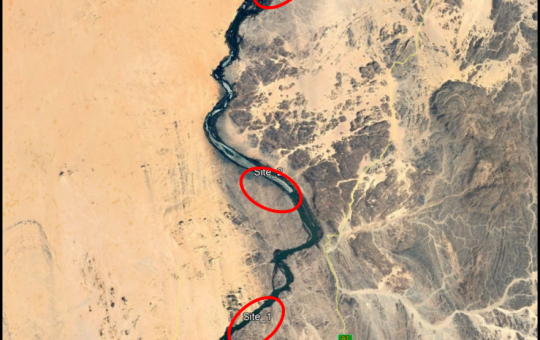
Selection of the Nile gauging site upstream High Aswan Dam
As per a request from the Permanent Joint Technical Commission for Nile Water (PJTC), The Hydraulics Research Center (HRC) conducted a study to investigate a suitable location of a...
-
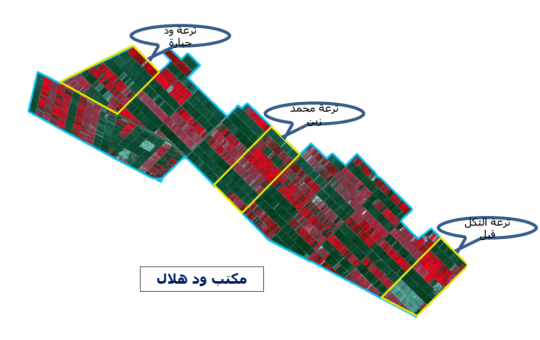
Mapping of Cropped Areas in Gezira Irrigation Scheme Using Remote Sensing and GIS techniques
Irrigation schemes in Sudan face many challenges. One of these challenges is to determine the actual cultivated area for the crops, in particular for large schemes such as Gezira...
-

Investigation of the Drainage Problems of Sabir Branch Protective Drain in New Halfa Irrigation Scheme
This study is intended to investigate the flooding problems of Sabir Branch Protective drain, where every year floods flowing from Albutana plateau threatens New Halfa Irrigation Scheme and also...
-
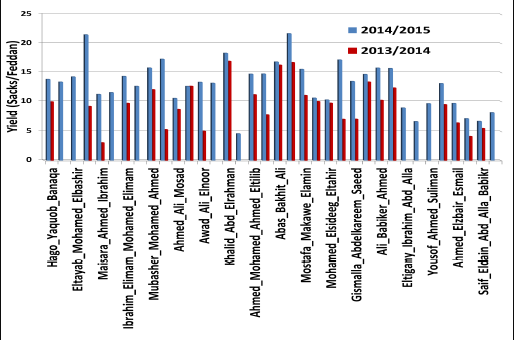
Satellite Based Information and Communication Technology (ICT) for Improved Crop Production in the Gezira Scheme
Water scarcity and food security are key concerns for the growing population in the arid and semi‐arid zones. Water is becoming an increasingly scarce resource for agriculture and other...
